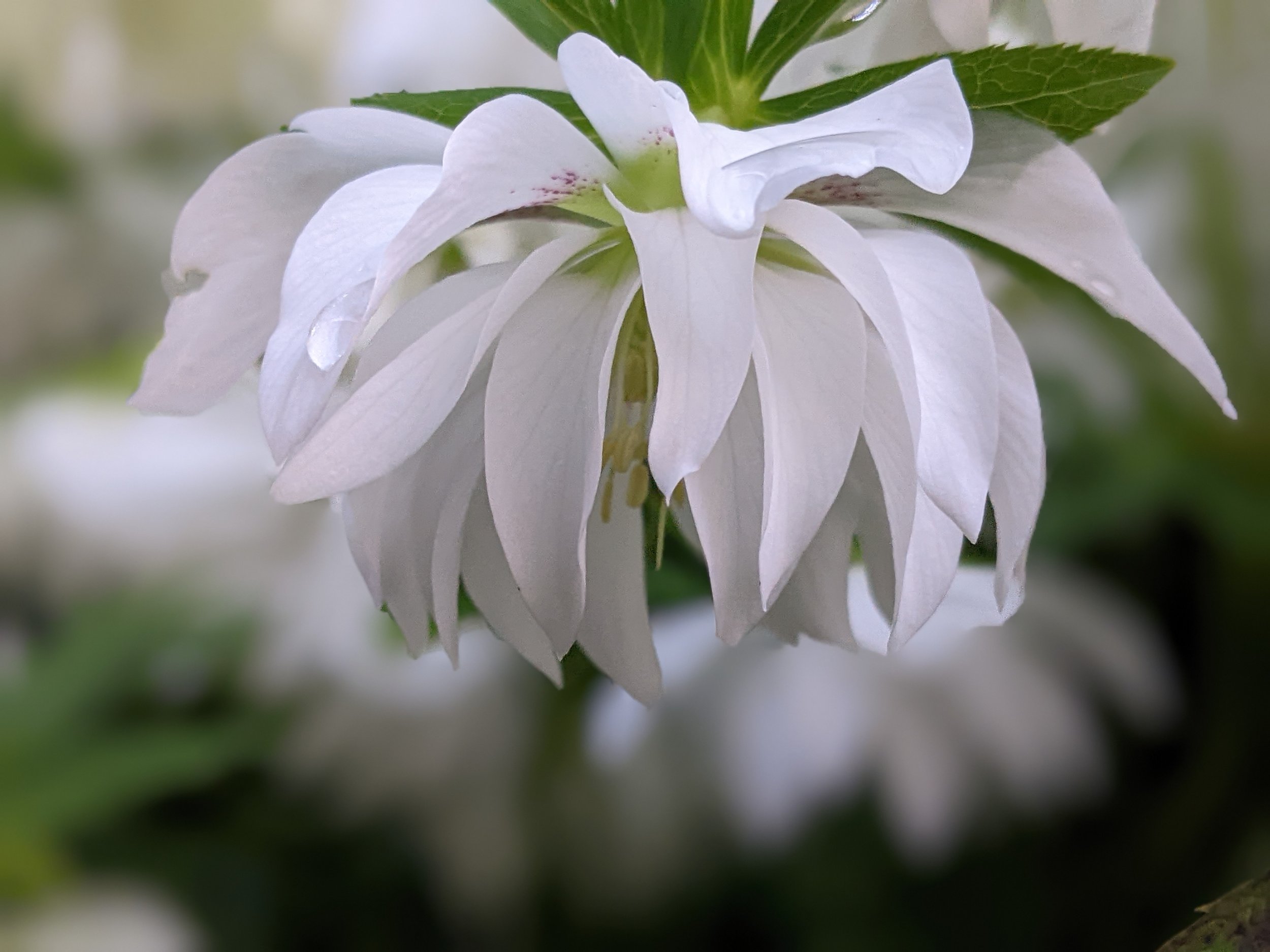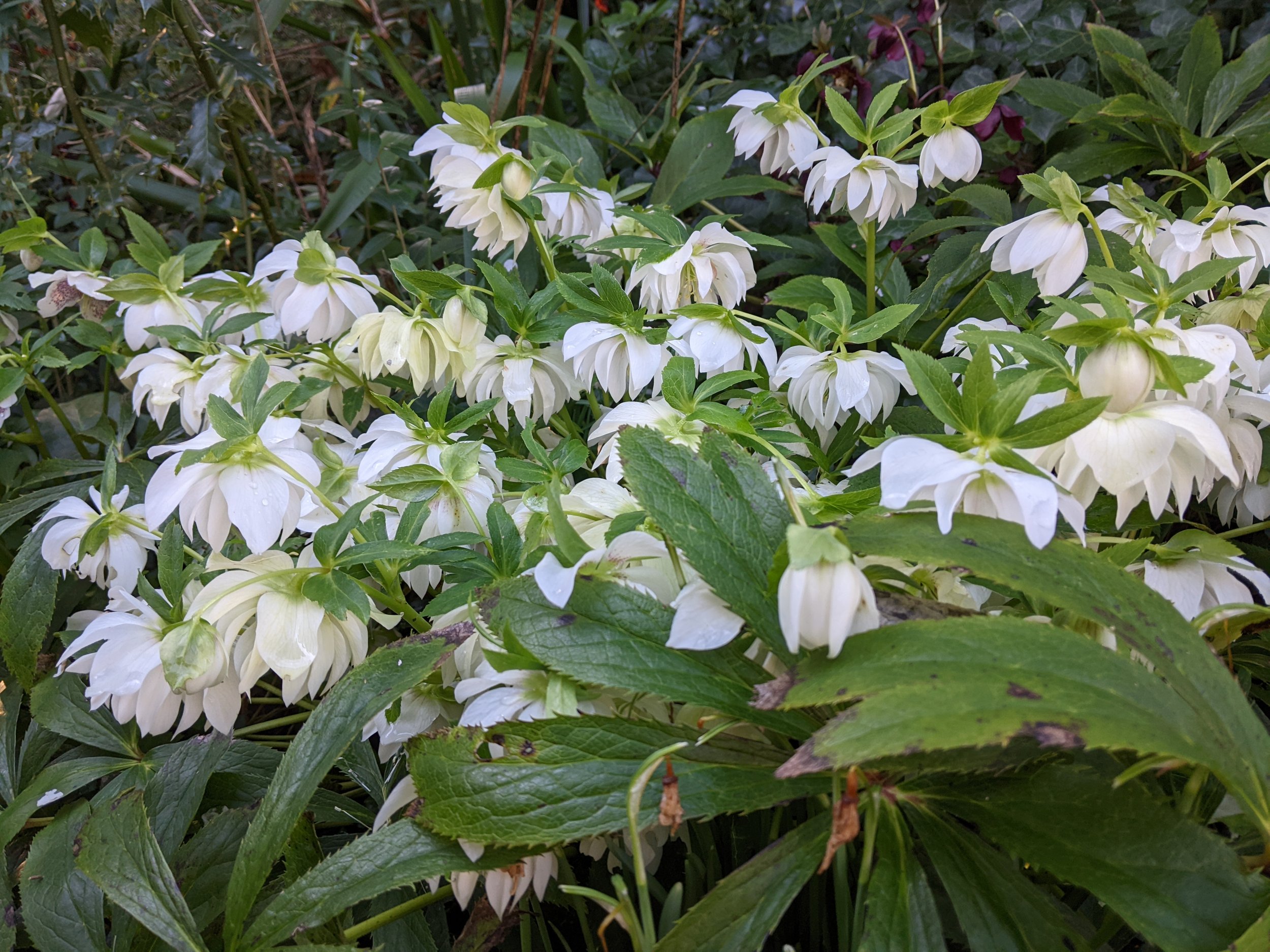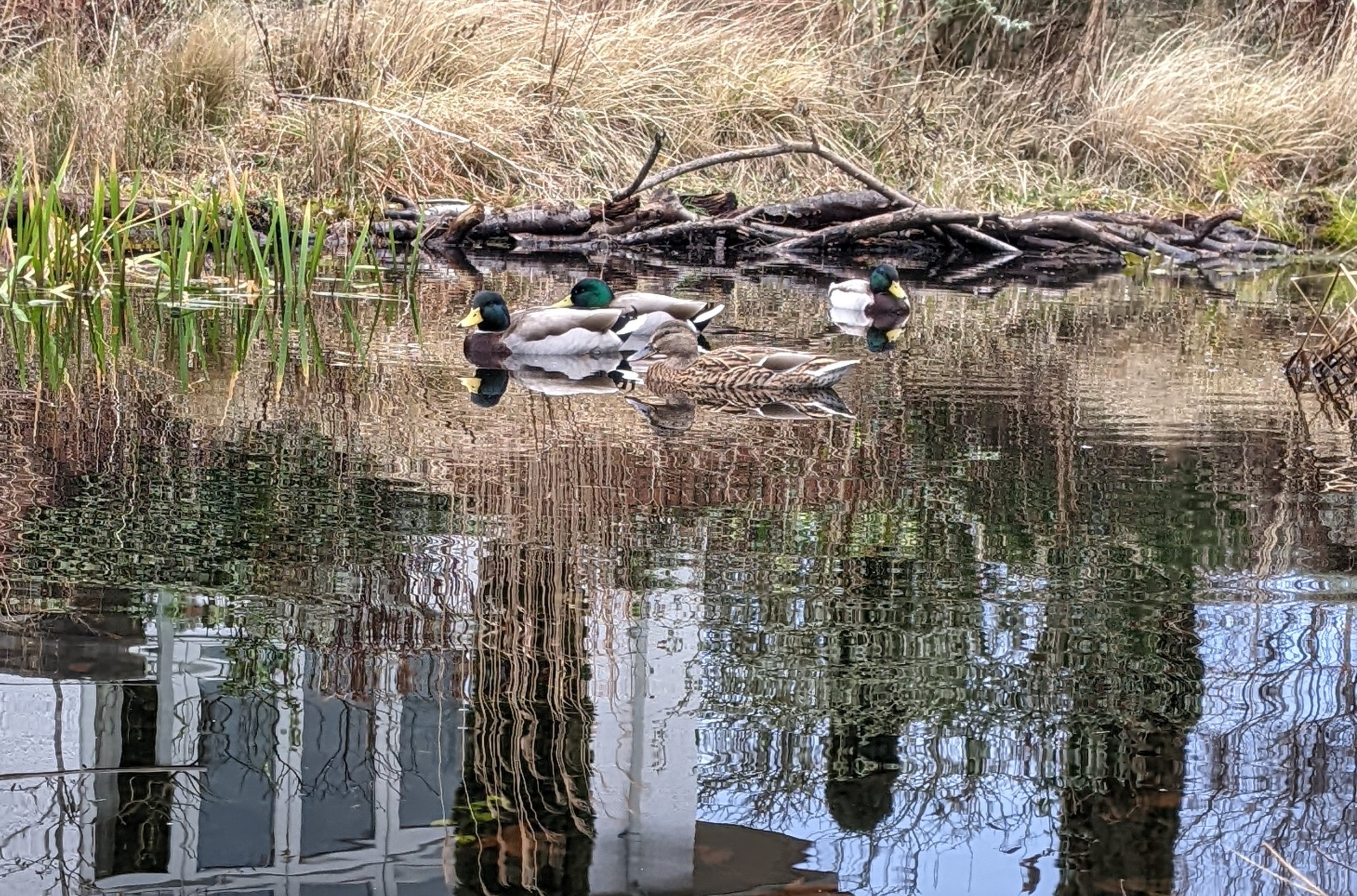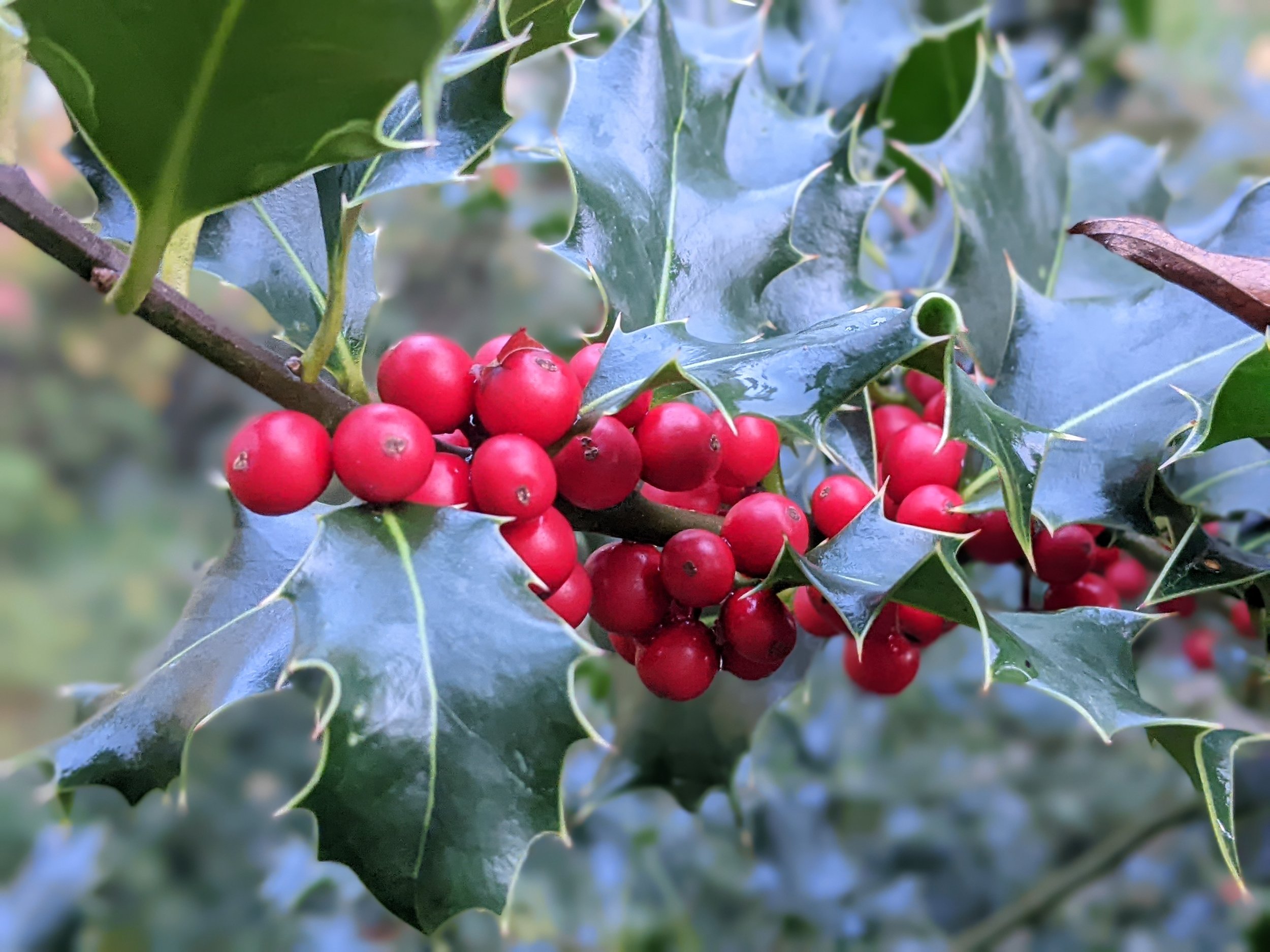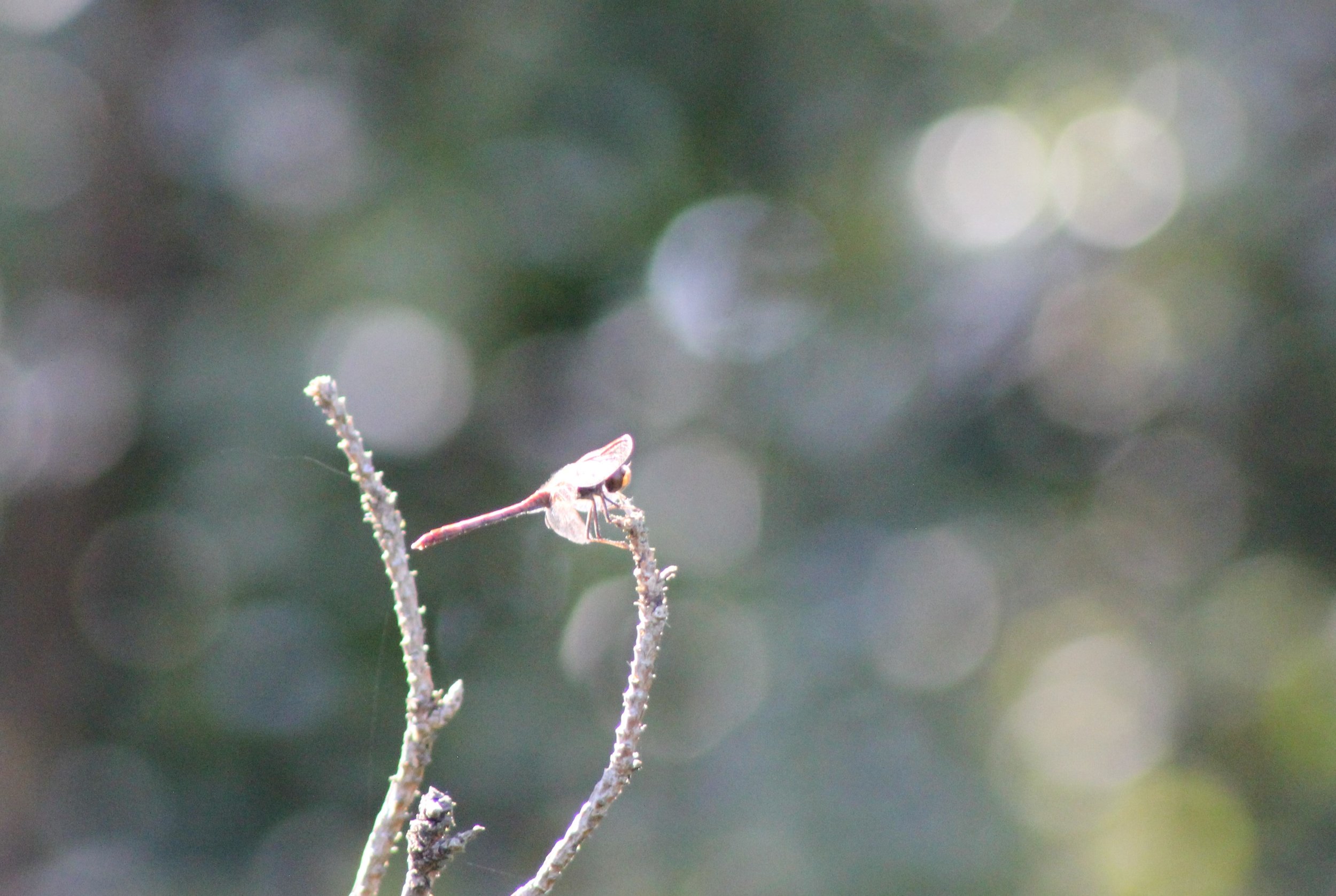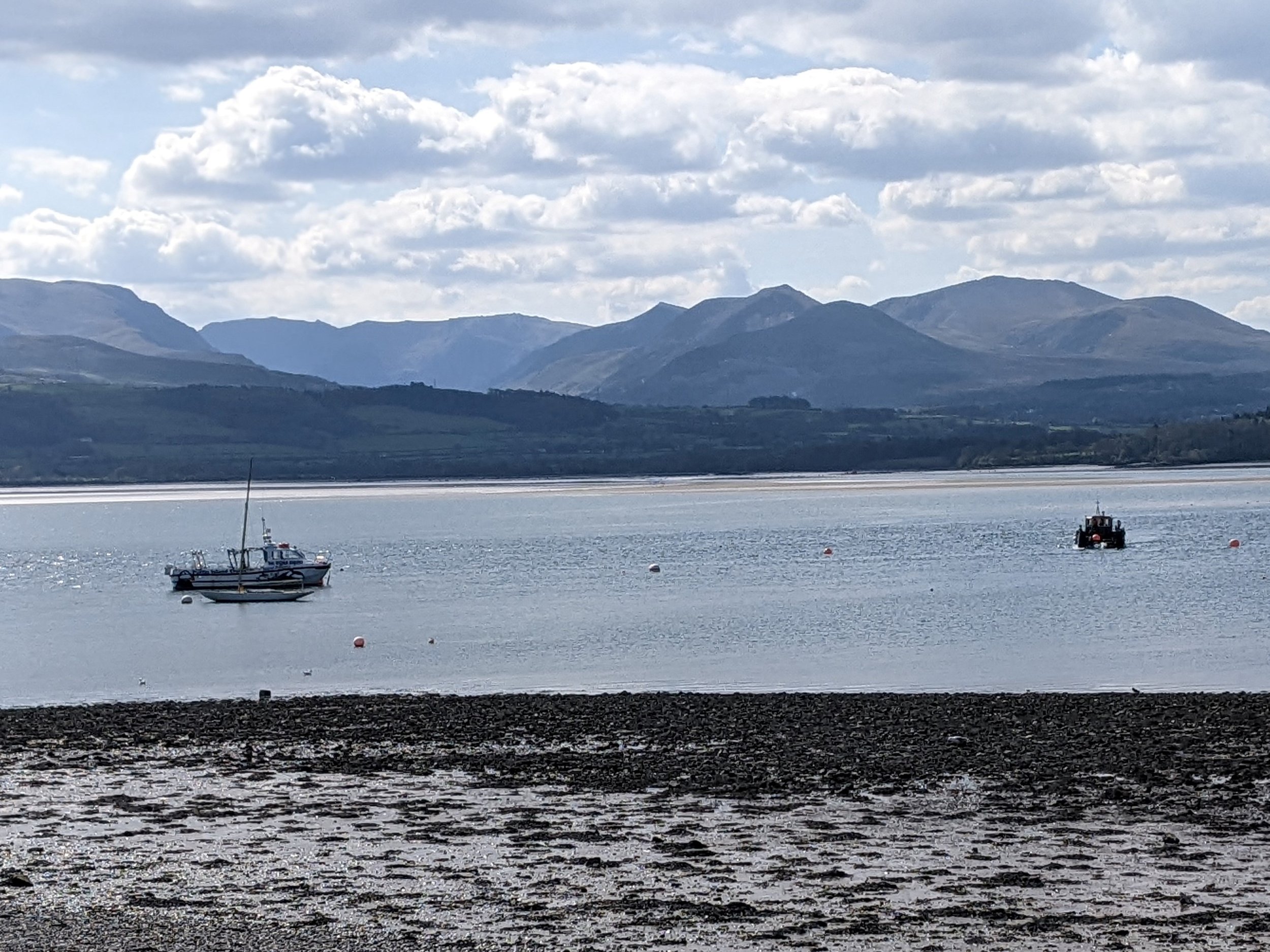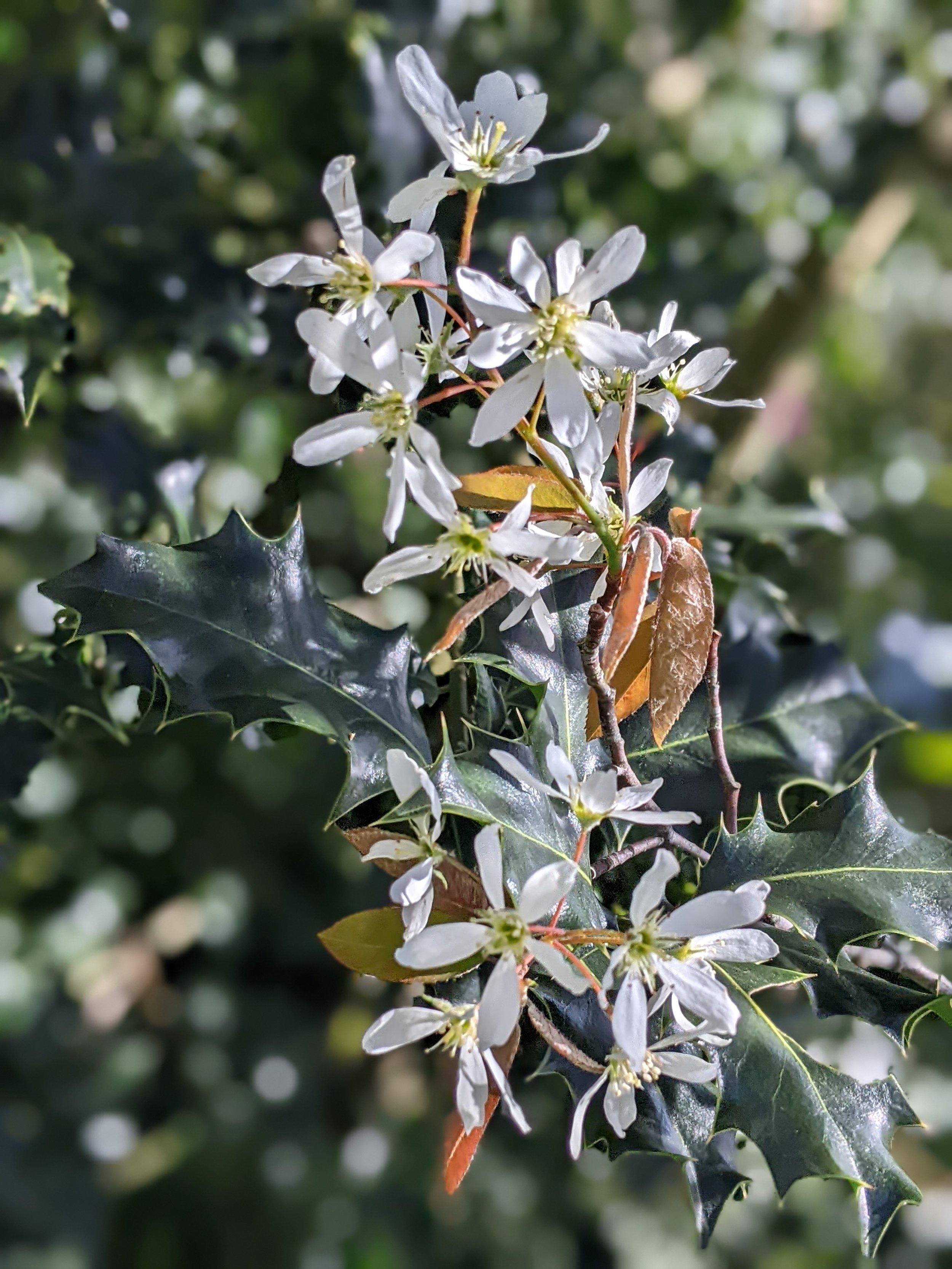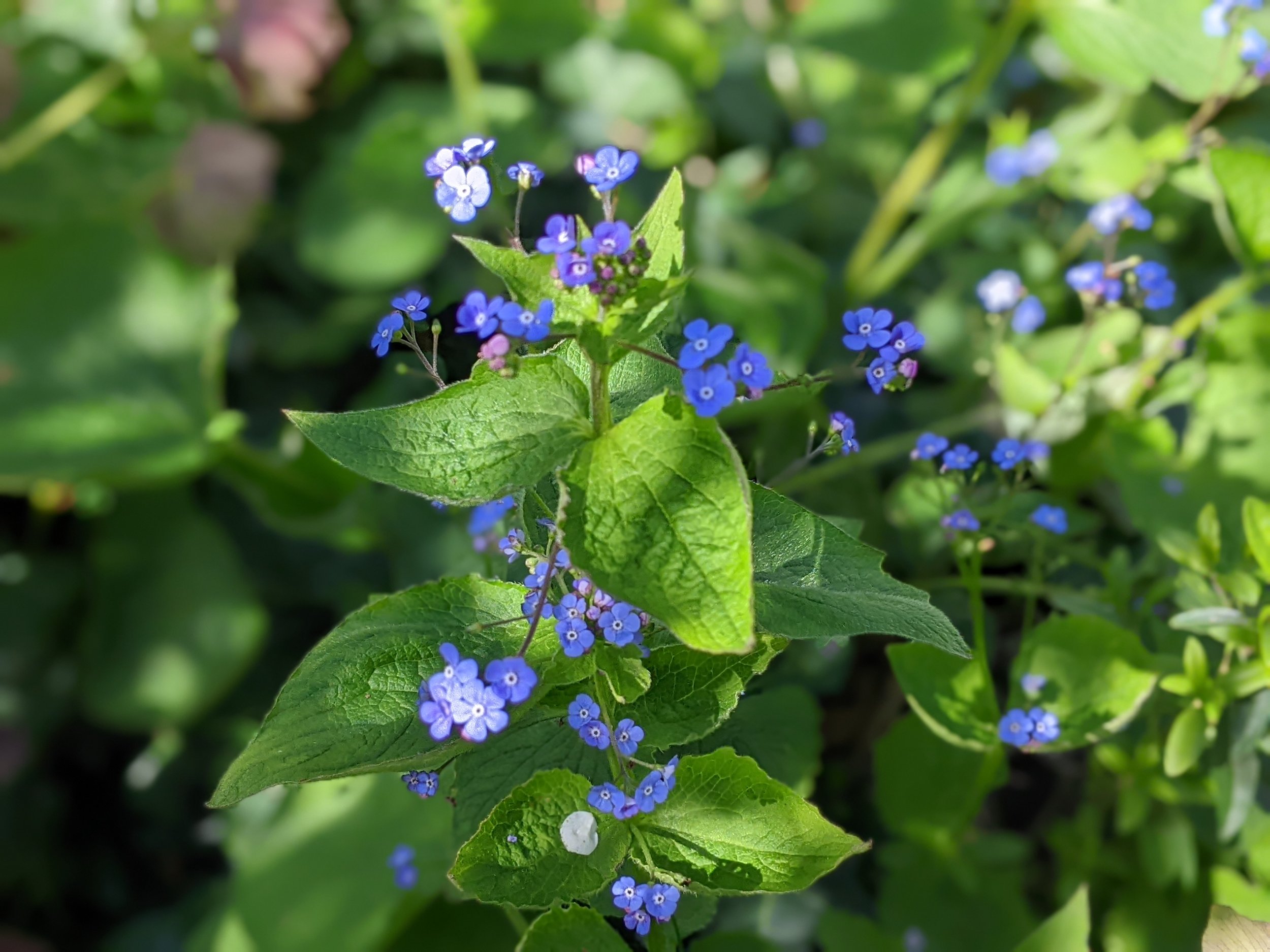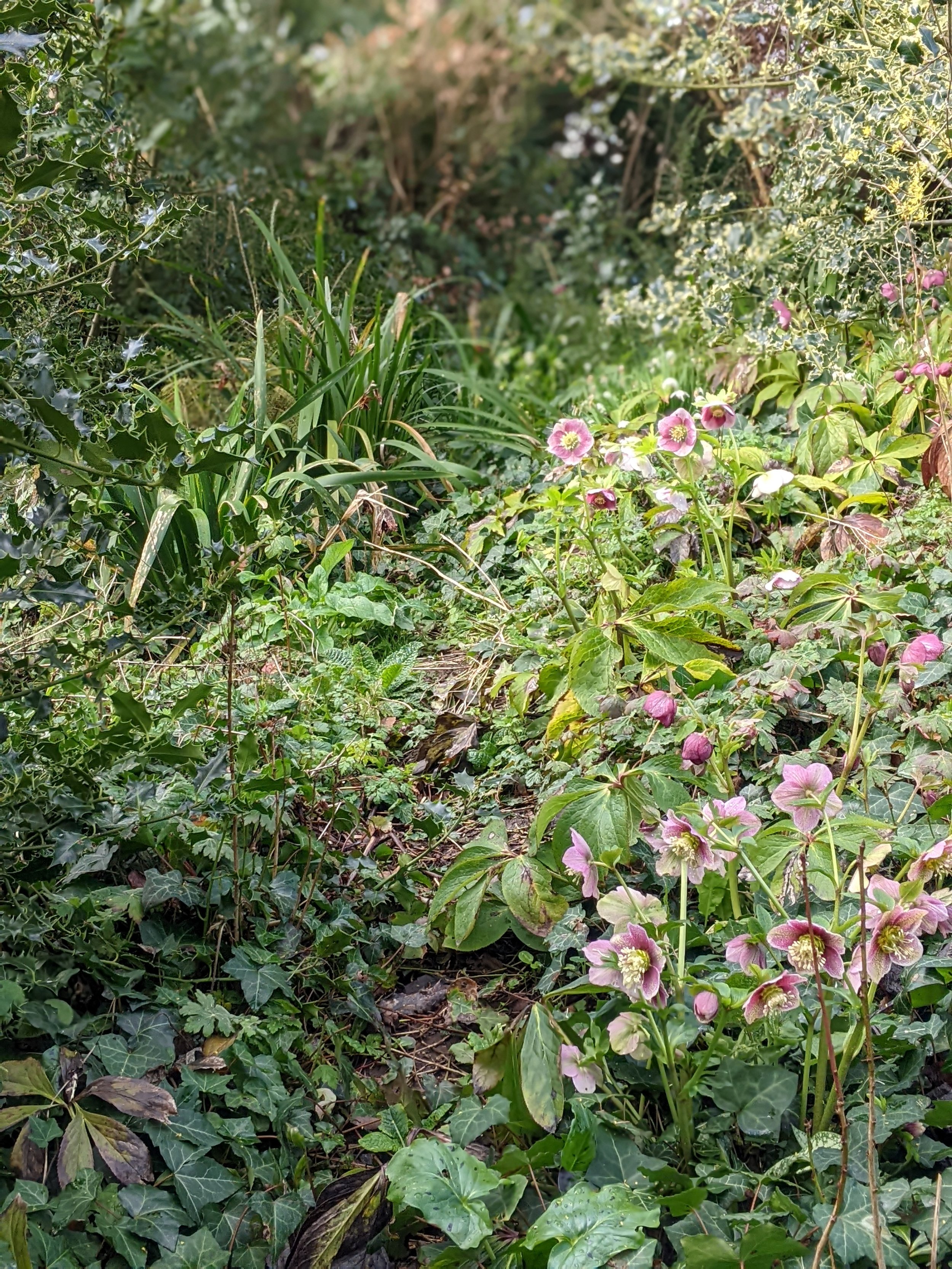There’s an unseasonal gale howling it’s way around my garden this weekend, but determined to be outside, in a dry patch I peer down through the thrashing grass of my meadow lawn into the now shrinking gaps of bare soil for any signs of germination from the yellow rattle which I sowed in hope last autumn.
I can just see the tiniest seed leaves, as yet unidentifiable, and hope that they have endured the wettest of winters and will now begin to grow.
I also scan the surface of the water at the very edges of the pond for evidence of the wriggling black commas of tadpoles in the hope that some of the far fewer than usual blobs of spawn may have survived. I see a predatory newt suspiciously hanging mid depth just a few feet away and wonder if he’s spotted them first.
It is also in hope that I lift the bubble wrap covering rows of pots in the greenhouse and ask after their welfare. They are labelled cosmos, broccoli, kale, foxglove and sunflower, a motley assortment, all of which are as yet unmoved by my attempts at conversation..
The pots appear to contain nothing but compost, but experience has taught me that hope in the processes of nature is seldom misplaced and that patience really is a virtue worth cultivating. I restrain my itchy fingers from poking about in the compost.
In the veg beds however, new life is romping away. Self sown from last year’s plants, the forget me nots are not only a picture of vigorous growth but beginning to flower too, so in hope that they will not notice a change of location, I bless the fact that April is a very accommodating month for uprooting and replanting, and carefully move them to share space in the pots of tulips by the front door. Despite the forecast rain I water them in well, settling their roots as if tucking them into bed and hope that they will forgive the intrusion and continue to thrive.
It’s human nature to hope, and I seem to do an awful lot of it in my garden. Hope in people I find can sometimes be misplaced, but it’s also been my experience that pinning my hopes on mother nature never disappoints.





